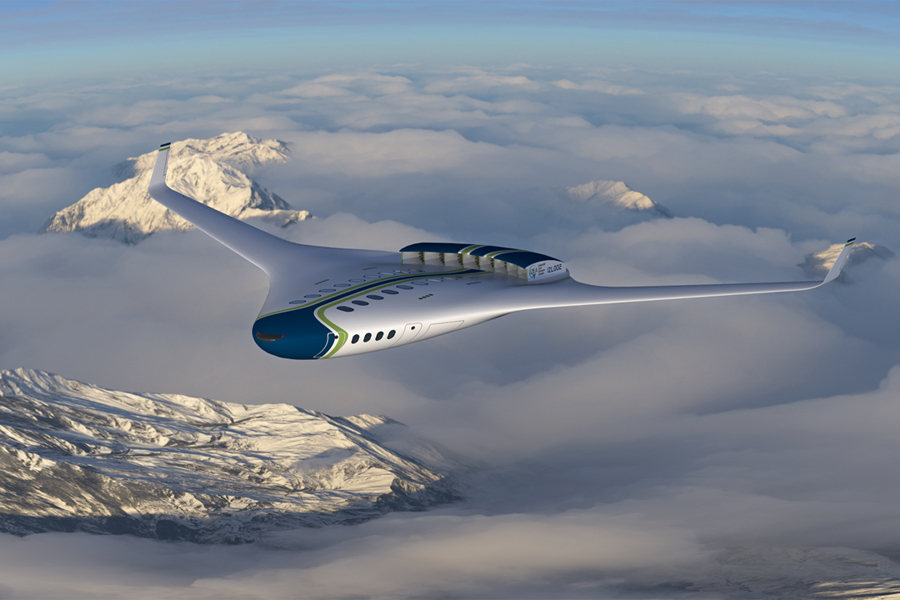The concept has been developed with a hypothetical 100-passenger hybrid-electric aircraft in mind – one powered by hydrogen fuel cells and hydrogen turbine-driven superconducting generators. According to the researchers, the integrated system allows for the efficient storage and transfer of liquid hydrogen, while simultaneously using its cryogenic properties to cool high-power onboard systems throughout all phases of flight.
“Our goal was to create a single system that handles multiple critical tasks: fuel storage, cooling and delivery control,” said Wei Guo, professor in the Department of Mechanical Engineering and corresponding author of the study published in Applied Energy. “This design lays the foundation for real-world hydrogen aviation systems.”
Hydrogen must be stored as a cryogenic liquid at –253°C due to its low density, which presents a significant engineering challenge. To address this, the researchers introduced a gravimetric index – defined as the ratio of usable hydrogen mass to the total system mass, including the tank structure, insulation, heat exchangers, and other components. By optimising key design parameters such as vent pressure and heat exchanger size, the team arrived at a configuration with a gravimetric index of 0.62.
The system also incorporates thermal management by circulating liquid hydrogen through heat exchangers that absorb waste heat from superconducting generators, motors, cables, and power electronics. This process raises the hydrogen’s temperature prior to its use in turbines and fuel cells.
“Previously, people were unsure about how to move liquid hydrogen effectively in an aircraft and whether you could also use it to cool down the power system component,” Guo said. “Not only did we show that it’s feasible, but we also demonstrated that you needed to do a system-level optimization for this type of design.”
Rather than using mechanical pumps, the researchers control hydrogen flow by regulating tank pressure. A feedback loop adjusts this pressure based on the aircraft’s power requirements at different flight stages. Simulation results indicate that the system can deliver up to 0.25 kilograms of hydrogen per second – enough, according to the team, to support the 16.2 MW electrical load anticipated during takeoff or emergency manoeuvres.
The project is part of NASA’s Integrated Zero Emission Aviation program, which supports university-led efforts to develop technologies in line with the agency’s Aeronautics Research Mission Directorate. The next step in the research involves experimental validation, with plans to build and test a prototype at Florida State University’s Center for Advanced Power Systems.






